Microscopy Applications for Materials Science
New Materials for New Energy
Research and development of sustainable energy devices for future generations is crucial. Such devices - including batteries, fuel cells, and solar cells - will represent a major shift in how energy is generated, stored, and converted. Today, the main research focus is on extending the lifetime of these devices, increasing their power and storage density, and improving their efficiency and safety.
It’s obvious that generating, storing, and using energy sustainably will be a key challenge going forward. And it’s a challenge in which microscopy will play an important role. After all, the performance of future devices is intrinsically linked to their micro- and nano-structure. Microscopy techniques allow researchers to dig deep, helping them investigate the reasons behind why certain materials work and why some don’t.
And better microscopy tools mean more accurate analysis. ZEISS is committed to helping you move your research forward. ZEISS provides X-ray, electron and ion microscopes, along with multi-modal solutions, that keep up with the ever-increasing demands of energy research.





















